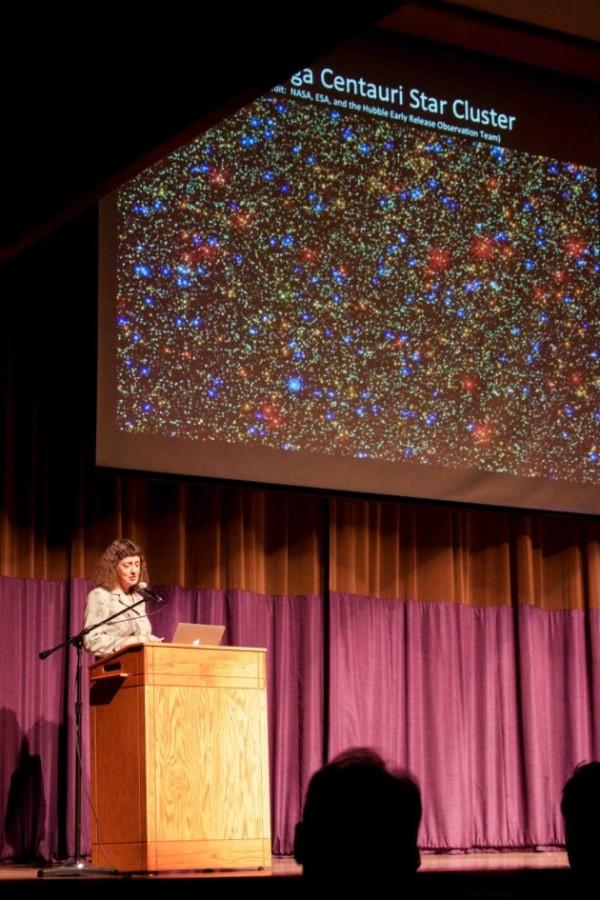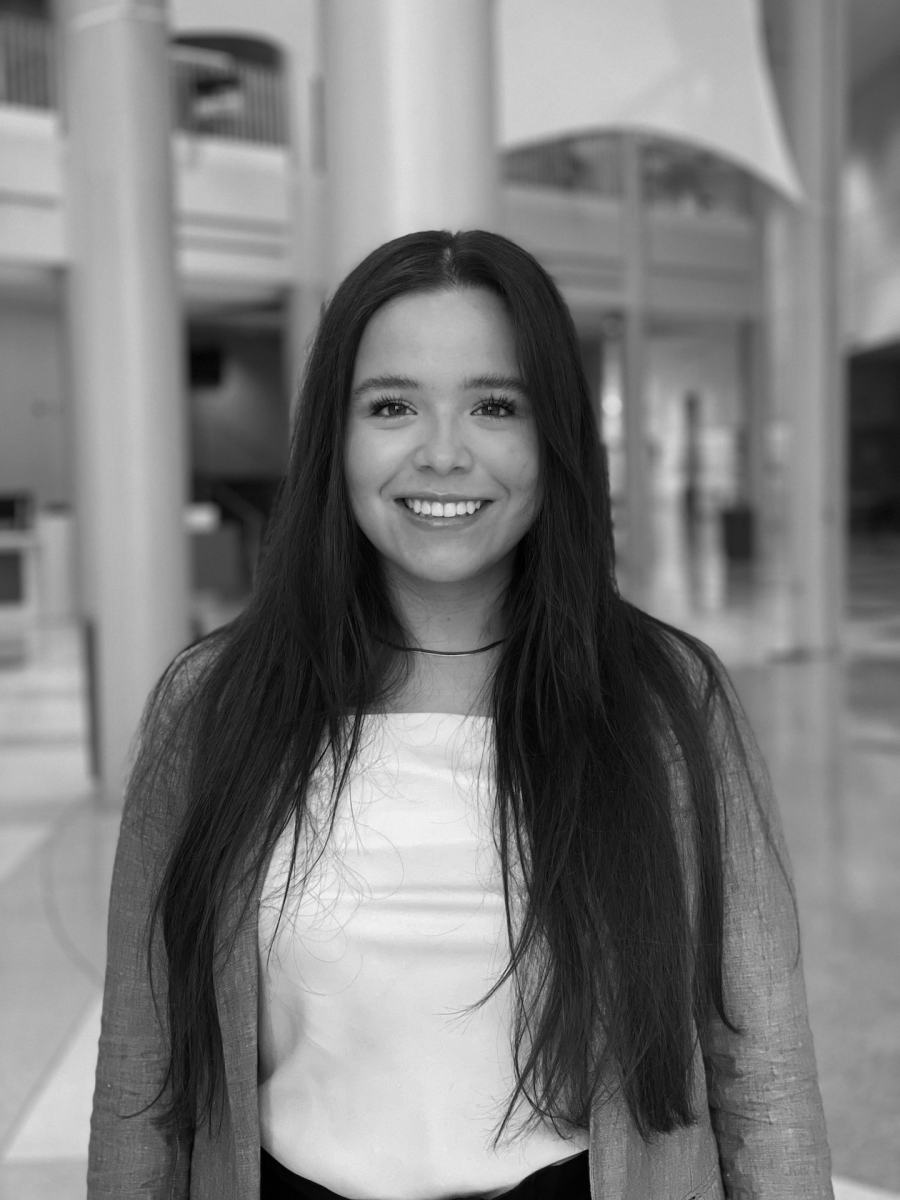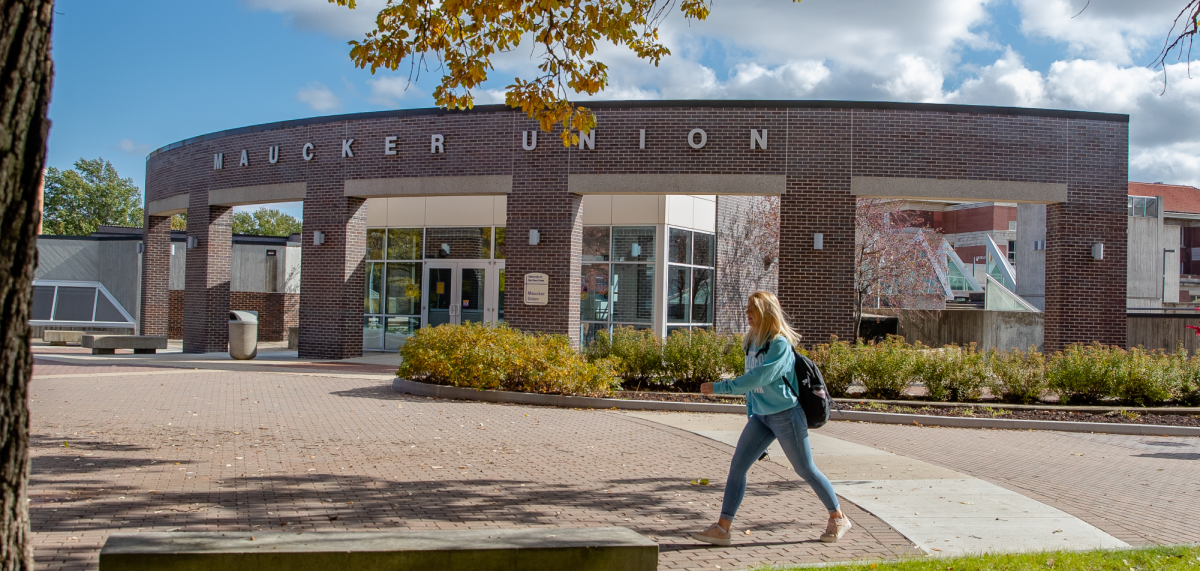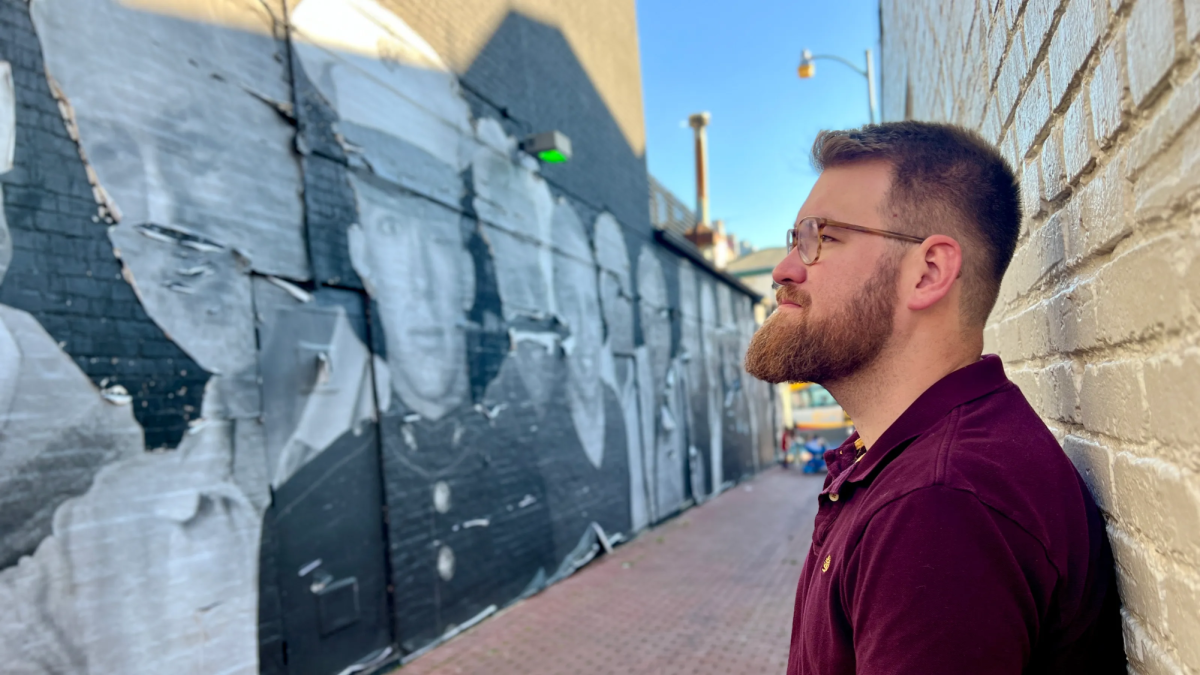Infinite space and time was brought down into Lang Auditorium this past Wednesday as Jennifer Wiseman, Hubble Space Telescope senior project scientist, presented, “Galaxies, Stars, Planets and Life: A Bountiful Universe.”
The NASA scientist started her presentation with a seemingly normal picture of the stars. Wiseman explained that not everything is as it seems, then zoomed in on one particular star, only to reveal that it was actually a massive cluster of thousands of stars. She explained that, with the help of the Hubble Space Telescope, we are able to see within the stars. Wiseman showed the audience an example of a galaxy that most closely resembles the Milky Way. The astonishing pictures of galaxies are thanks to the constant maintenance and upgrades of the Hubble Space Telescope.
Wiseman began to explain how the Hubble actually takes pictures in black and white, and the use of special light filters give us the breathtaking images. Recent updates to the massive camera in Hubble have allowed scientists such as Wiseman to peer inside celestial bodies like nebulas, which are masses of gas that are slowly condensing into stars. With the use of infrared technology, NASA is able to peel back the mysteries of how stars form. Not only did Wiseman demonstrate how stars are created, but she also gave the audience pictures of how stars are destroyed — an example of this is a supernova, or an incredibly large explosion of a star. Wiseman also dove into a more human study, examining the philosophies of purpose and reason within space, time and the universe.
When questioned on how she handles existentialism and the infinite area of space on a daily basis, Wiseman said, “[I] find [the universe] humbling, and our small space of time is little compared to the history of the universe. But I am grateful to be part of this spectacular universe, and I’m really awed by the quiet majesty of it and grateful that we are part of that.”
After the event, Samantha Striegel, junior physics major, said that she respected Wiseman’s openness and humbleness.
“She [Wiseman] wasn’t being all, like, ‘I know it, this is how it is.’ She is a very open-minded person … The whole thing was very open-ended, but also very detailed and knowledgeable at the same time.”
Wiseman concluded the event by showing the audience a picture of Earth’s thin, blue atmosphere. She closed by saying that we, as humans, know there is at least one place in this universe that sustains life, and it is our responsibility to protect it.







